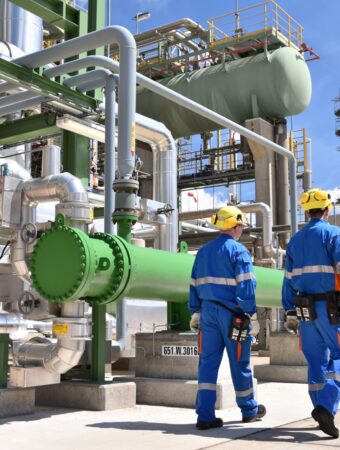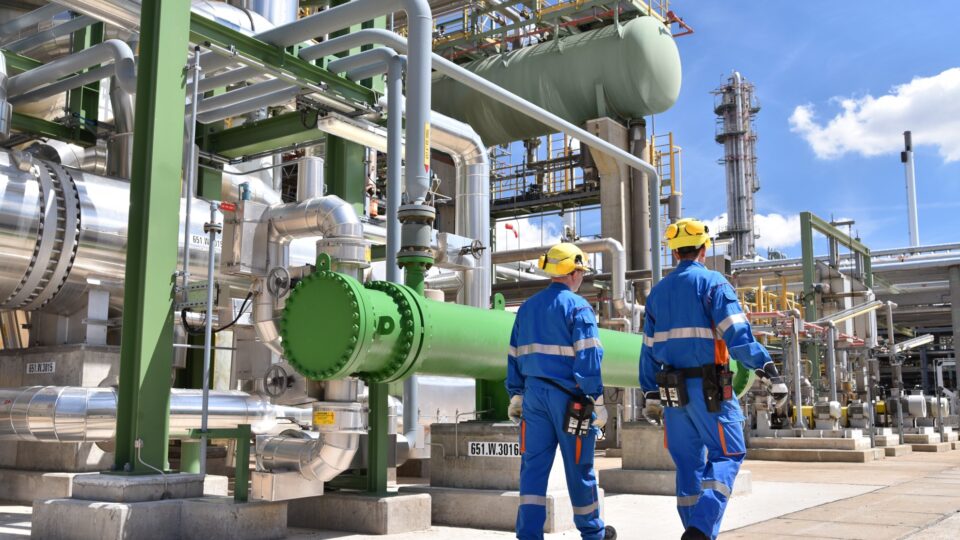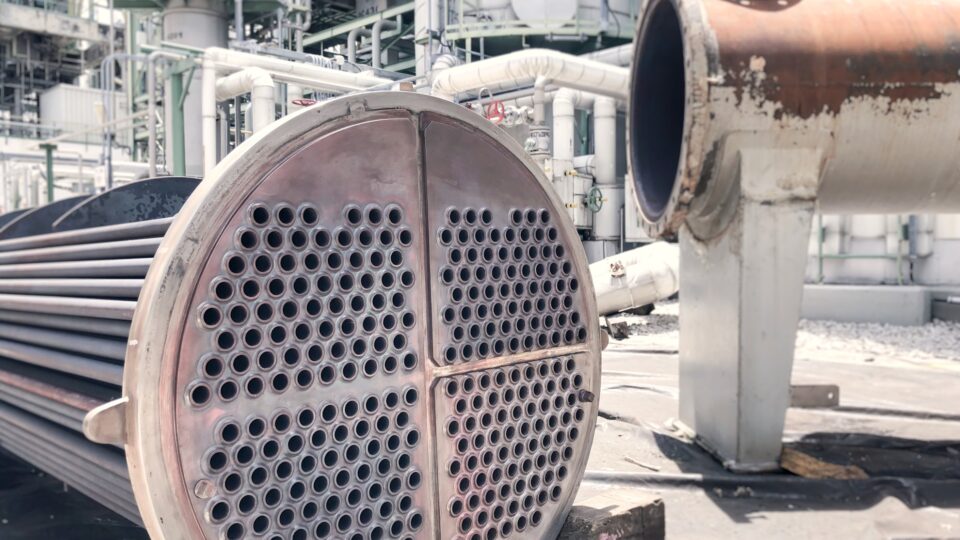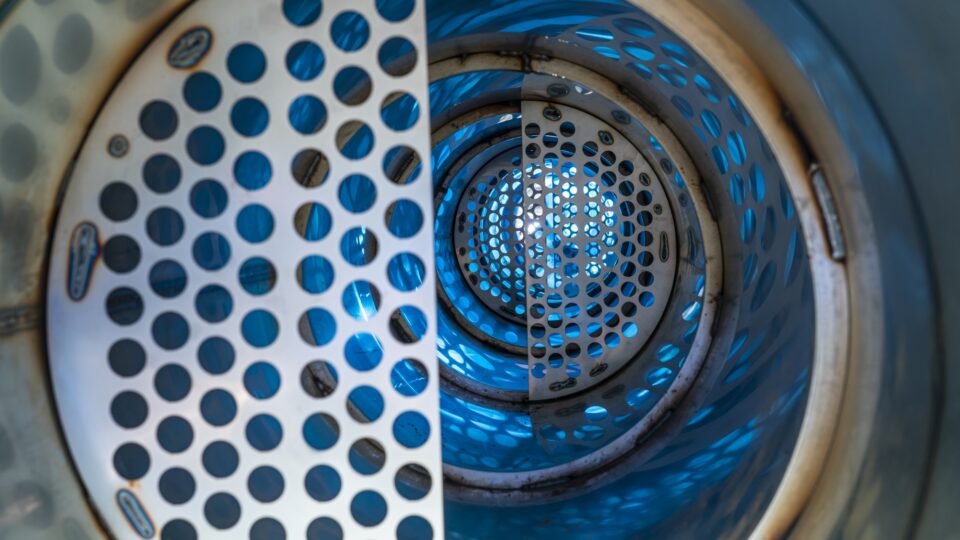Heat Recovery project
By reusing residual heat from the industry internally or externally, this residual heat is reused to make parts of the process more sustainable. How the residual heat can be utilized strongly depends on the capacities, temperatures and the heat requirement and residual heat availability. We provide solutions in which residual heat is used directly or with the help of an industrial heat pump. In all cases, the shell & tube heat exchanger is essential for extracting or releasing (residual) heat







